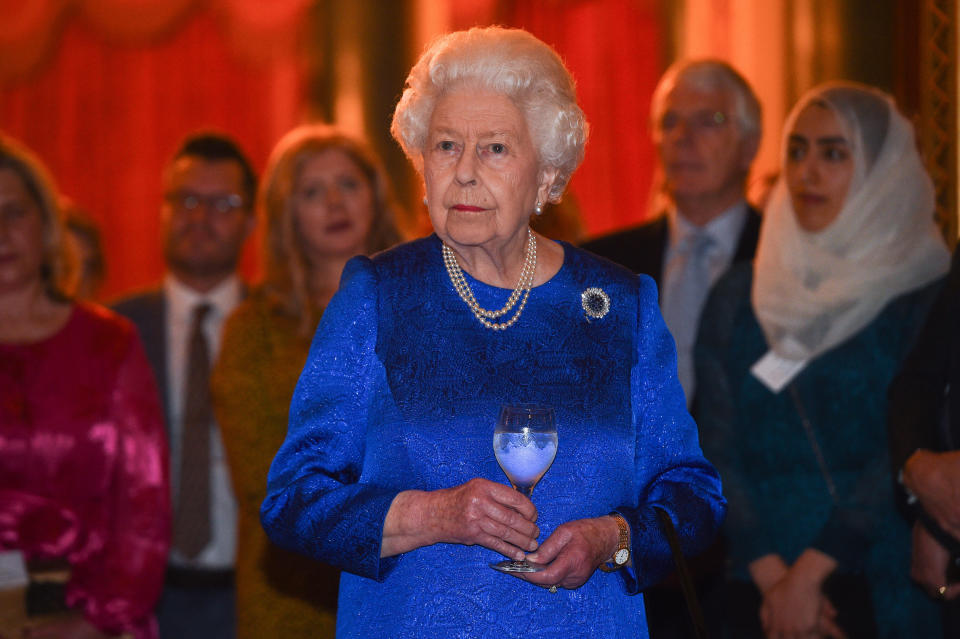How does the voting system work in a UK general election and what is First Past the Post?
The UK usually votes in a general election every five years, but we’ll go to the polls for the third time in as many years this December.
Prime Minister Boris Johnson tabled a motion for an early general election in October after MPs forced him to request a Brexit extension from the EU until January 31.
After being defeated on three previous attempts to call an election, MPs backed his Early Election Bill last month by 438 to 20 after Labour leader Jeremy Corbyn announced his support.
The general election will take place on Thursday, December 12.
What voting system do we have in the UK?
In the UK, the voting system is called First Past the Post.
Sometimes dubbed ‘winner takes all’, a first-past-the-post system is one where voters each choose their favourite candidate, usually representing political parties, and the party with the most votes wins.
First Past the Post is a common voting system and is used in many former British colonies but also in the US and Canada as well as India.

How does First Past the Post work?
There are 650 constituencies, each with its own MP.
In a general election, people in each constituency vote for their preferred candidate and the one with the most votes wins the seat.
They become a Member of Parliament (MP), either representing a political party or sometimes as an independent MP.
The party with more than half of the MPs in the House of Commons then usually forms a government.
If no party has a majority, the one with the most votes can form a coalition with another party in order to gain control.
How is the Prime Minister chosen?
The Prime Minister isn’t chosen by a public vote.
After a general election, the leader of the winning party is asked by the Queen to become Prime Minister and form a government.

The leader of the party with the second highest number of MPs becomes the Leader of the Opposition.
What are the problems with First Past the Post?
The way the system works means that the number of MPs a party has in parliament doesn’t necessarily match how popular they are with the public.
The fact that the most popular candidate wins means that all the other votes count for nothing - so some people think it’s far from representative.
Critics also say the system encourages tactical voting, with people voting against the candidate they dislike most rather than the one they like most.
The system also tends to lead to two main parties, because small parties find it hard to win seats.

 Yahoo News
Yahoo News 
